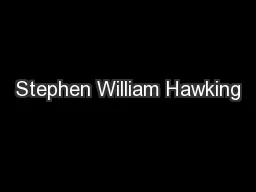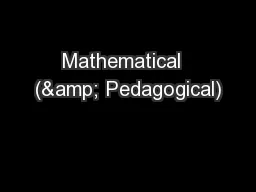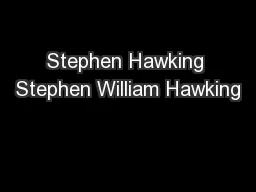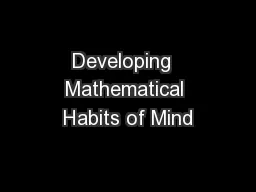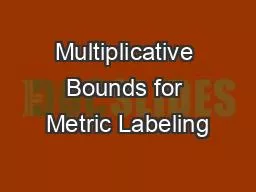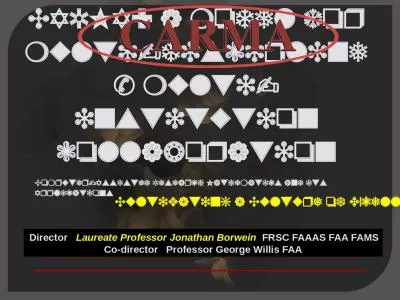PDF-TRANSACTIONS OF THE AMERICAN MATHEMATICAL SOCIETY Volume Number Pages S XX COMPLETELY
Author : calandra-battersby | Published Date : 2014-10-29
K CHOI AND MICHAEL COONS Abstract De64257ne the Liouville function for a subset of the primes by 1 where 8486 is the number of prime factors of coming from counting
Presentation Embed Code
Download Presentation
Download Presentation The PPT/PDF document "TRANSACTIONS OF THE AMERICAN MATHEMATICA..." is the property of its rightful owner. Permission is granted to download and print the materials on this website for personal, non-commercial use only, and to display it on your personal computer provided you do not modify the materials and that you retain all copyright notices contained in the materials. By downloading content from our website, you accept the terms of this agreement.
TRANSACTIONS OF THE AMERICAN MATHEMATICAL SOCIETY Volume Number Pages S XX COMPLETELY: Transcript
Download Rules Of Document
"TRANSACTIONS OF THE AMERICAN MATHEMATICAL SOCIETY Volume Number Pages S XX COMPLETELY"The content belongs to its owner. You may download and print it for personal use, without modification, and keep all copyright notices. By downloading, you agree to these terms.
Related Documents



